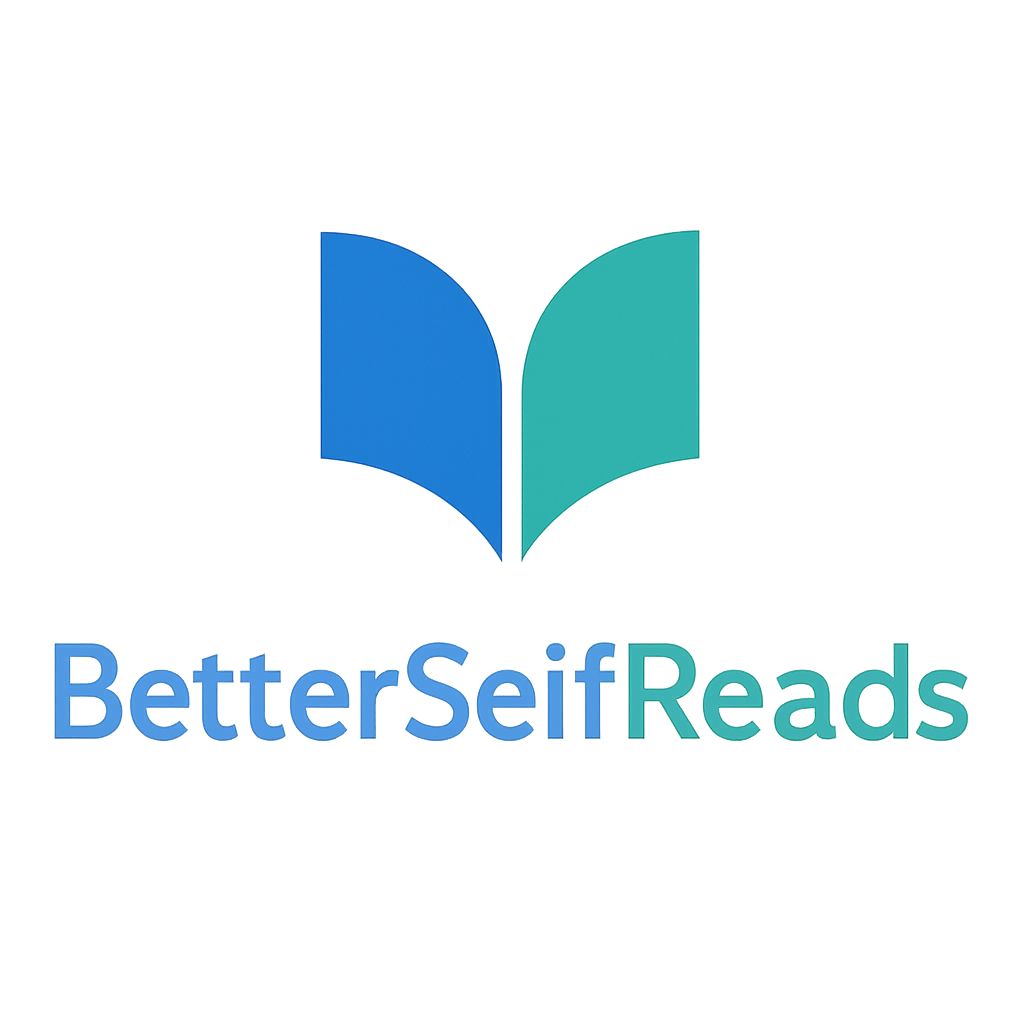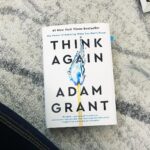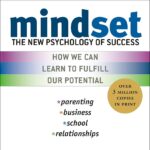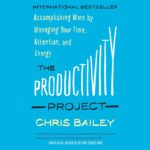
We live in a world overflowing with distractions phones buzzing, schedules packed, and endless to-do lists. Yet deep down, many of us whisper the same thought: “I want to change my life, but I just don’t have enough time to read all the books that could guide me.” The truth is, while our time is limited, the way we use it doesn’t have to be.
That’s where Speed Reading Strategies to Consume Life-Changing Books Faster step in. These strategies aren’t about rushing mindlessly through pages they’re about reading smarter, absorbing wisdom more effectively, and making room for the lessons that truly matter.
If you genuinely want to change your life, mastering how you read is one of the most powerful steps you can take. With the right techniques, every book becomes a tool for growth, and every page you turn moves you closer to the life you imagine for yourself.
The Science Behind Speed Reading

Speed reading isn’t just a “hack.” It’s rooted in how the brain and eyes process information. Research in cognitive psychology shows that most readers read at around 200–300 words per minute (wpm), while trained speed readers can reach 600–1000 wpm with solid comprehension.
Here’s why this matters:
A 300-page book has about 90,000 words. At 250 wpm, it takes about 6 hours to finish. At 700 wpm, you can finish in 2 hours.
That means you could triple the number of life-changing books you read each month.
So, speed reading isn’t about skimming it’s about optimizing how your eyes move and how your brain absorbs meaning.
Core Speed Reading Strategies You Can Apply Today

1. Break the Habit of Subvocalization
Subvocalization the silent voice in your head that pronounces each word is the number one reason most people read slowly. While some subvocalization is natural, reducing it can double your speed. Try counting silently in your head while reading; this trains your brain to absorb meaning without “saying” every word.
2. Master Eye Fixations and Saccades
Your eyes don’t glide smoothly across the page they jump in quick movements called saccades. By training yourself to make fewer stops per line (fixations), you can capture more words in each glance. Tools like guided reading apps or even your finger as a visual pacer can help.
3. Expand Your Peripheral Vision
Speed readers train their eyes to see not just the word they’re focused on, but also the words to the left and right. Practice focusing on the center of the line and “absorbing” words on the edges. This reduces wasted eye movements and builds reading momentum.
4. Preview and Skim Smartly
Before diving in, skim chapter headings, bold text, and summaries. This gives your brain a mental map. Studies show that readers who preview material retain more because they’re actively looking for meaning instead of passively decoding words.
5. Practice Chunking Information
Instead of reading “word by word,” train yourself to read “chunks.” For example, instead of reading:
“Speed reading helps save time,”
you read:
“Speed reading | helps save time.”
This approach increases both speed and comprehension.
The Human Side: Why Speed Reading Helps You Change Your Life

Books are more than words on a page they are roadmaps for transformation. Whether you’re diving into self-help classics like The Power of Habit or motivational reads like Atomic Habits, speed reading allows you to apply wisdom faster.
Imagine reading one life-changing book every week for a year that’s 52 books full of strategies, insights, and lessons. Compare that to the average person who reads 3–5 books per year. The difference in knowledge, perspective, and personal growth is massive.
This is why when people say, “I want to change my life,” speed reading strategies become more than a technique they become a bridge between desire and action.
Common Challenges and How to Overcome Them
“I lose comprehension when I read fast.”
→ Solution: Alternate between speed sessions and slow reflection. Speed reading is for knowledge capture; slow reading is for wisdom absorption.
“It feels overwhelming.”
→ Solution: Start with 10 minutes a day. Build your speed gradually instead of forcing it all at once.
“It won’t work for complex books.”
→ True books heavy with theory or technical detail may require slower reading. But speed reading shines for non-fiction, biographies, and self-help books where the core message is easier to grasp.
Practical Speed Reading Exercises
1. 1-Minute Drill: Read as fast as you can for one minute, then count your words. Repeat daily. This improves pacing.
2. Pointer Method: Use your finger to underline as you read. Push yourself slightly faster than feels comfortable.
3. Chunk Expansion: Train by grouping two words, then three, then four into one glance.
4. Preview-Read-Summarize: Before each chapter, skim the highlights. Afterward, summarize in your own words.
These exercises don’t just train speed they train focus, memory, and comprehension.
When Not to Use Speed Reading
Here’s a truth most guides don’t tell you: speed reading isn’t always the best choice. Poetry, spiritual texts, or deeply philosophical works demand slower reflection. These are books you savor, not devour.
But for the majority of non-fiction and self-help books, speed reading strategies will help you unlock knowledge without losing its essence.
Final Thoughts: Reading Faster, Living Better
If you’ve ever thought, “I want to change my life,” reading is one of the most powerful tools you can use. But to truly make the most of it, you need methods that let you consume, retain, and apply wisdom at the pace of your ambition.
By practicing Speed Reading Strategies to Consume Life-Changing Books Faster, you multiply your opportunities for growth. You’ll finish more books, apply more lessons, and most importantly, create real, lasting change in your life.
Remember: It’s not just about turning pages faster it’s about turning knowledge into action, and action into transformation. That’s how you change your life.
Frequently Asked Questions about Speed Reading Strategies
1. Does speed reading really work for everyone?
Yes, but results vary. Some people double their reading speed in weeks, while others need months of practice. What matters is consistency.
2. Will I still remember what I read if I go faster?
Absolutely. In fact, many readers find they retain more because speed reading forces them to focus. Pairing speed with active recall ensures long-term memory.
3. Can I use speed reading on digital books or audiobooks?
Definitely. E-readers often have built-in tools for pacing, and you can adjust audiobook playback speed. Both can be combined with speed reading principles.
4. Should I use speed reading for every book?
No. Save speed reading for non-fiction, self-help, and educational texts. For deep literature, spiritual works, or poetry, slow and reflective reading is better.
5. How fast can I realistically read?
The average person reads 200–300 wpm. With training, 500–700 wpm is possible while maintaining comprehension.
Interactive Takeaway: Start Changing Your Life Today
Speed reading is more than a skill it’s a lifestyle shift. If you’ve ever said “I want to change my life,” this is one of the most practical tools you can adopt right now. Imagine how much faster you could grow if you consumed wisdom at twice the speed.
Want more inspiration? Explore these guides on BetterSelfReads:
Best Self-Help Audiobooks for Beginners on Audible
Self-Help According to Oprah
Each article is designed to help you take the next step in your journey to change your life through the power of books, ideas, and action.




